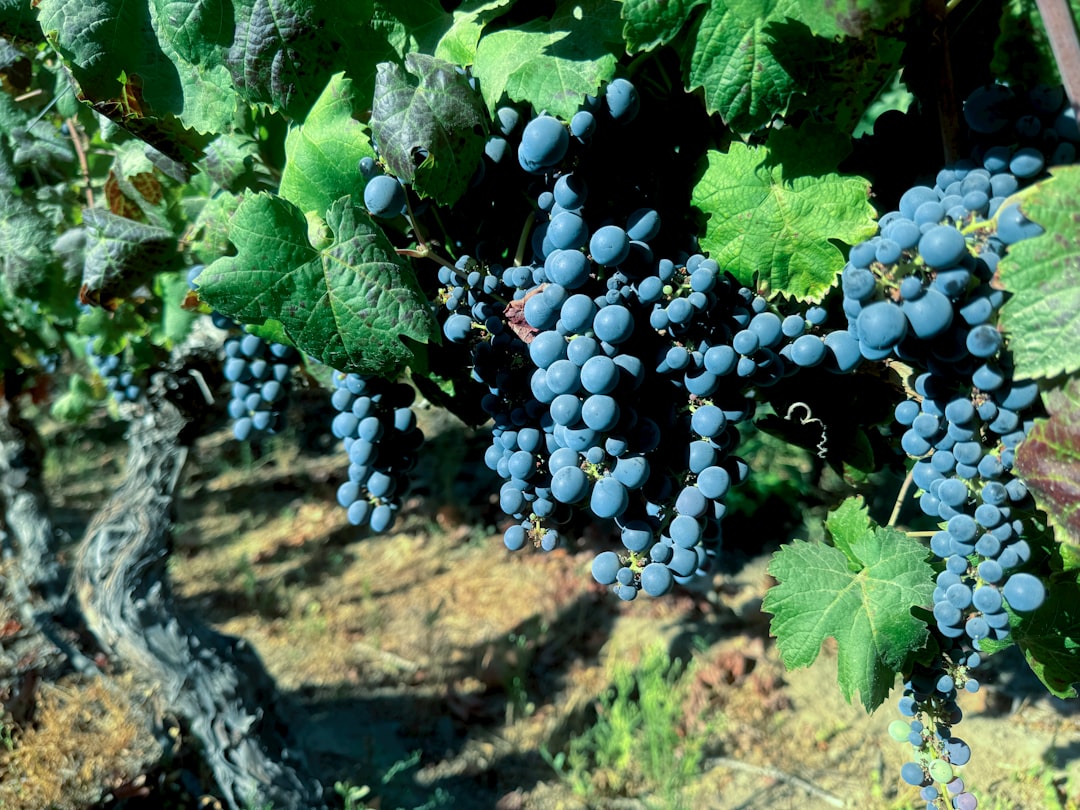The passion grape, scientifically known as Passiflora edulis, has a rich and storied history that dates back to the indigenous cultures of South America. Native to regions such as Brazil, Paraguay, and Argentina, this fruit was revered by the indigenous peoples long before European colonization. The name “passion fruit” is derived from the Passion of Christ, as early Spanish missionaries in the 16th century associated the flower of the plant with various elements of the crucifixion.
The intricate structure of the flower, with its unique corona and five petals, was seen as a symbol of the five wounds of Christ, while the ten stamens represented the apostles. This connection to religious symbolism helped to popularize the fruit among European settlers. As European explorers ventured into South America, they encountered the passion grape and were captivated by its exotic flavor and vibrant appearance.
By the 17th century, the fruit had made its way to Europe, where it was cultivated in gardens and greenhouses. The passion grape’s adaptability allowed it to thrive in various climates, leading to its spread across continents. By the 19th century, it had reached regions such as Australia and New Zealand, where it became a staple in local agriculture.
Today, passion grapes are cultivated in tropical and subtropical regions around the world, including parts of Africa, Asia, and the United States, particularly in California and Florida.
The Unique Flavor Profile of Passion Grape
Lasting Impression
Whether used in cocktails or as a topping for desserts, the passion fruit’s vibrant taste leaves a lasting impression on those who experience it.
How Passion Grape is Grown and Harvested

Growing passion grapes requires specific climatic conditions to ensure optimal fruit production. The plant thrives in warm temperatures with plenty of sunlight, making it well-suited for tropical and subtropical regions. Passion grape vines are typically grown on trellises or fences to support their climbing nature.
They require well-drained soil rich in organic matter to promote healthy growth. Farmers often employ techniques such as mulching and regular irrigation to maintain soil moisture and fertility. Harvesting passion grapes is a meticulous process that requires careful timing.
The fruit is typically harvested when it reaches full ripeness, indicated by a change in color from green to yellow or purple, depending on the variety. Ripe passion grapes are slightly wrinkled on the surface, which is a sign that they are ready for consumption. Harvesting is usually done by hand to avoid damaging the delicate fruit.
Once picked, the grapes are sorted and packaged for distribution, ensuring that only the highest quality fruit reaches consumers.
Culinary Uses for Passion Grape
| Culinary Uses for Passion Grape |
|---|
| Juice |
| Jams and Jellies |
| Desserts |
| Cocktails |
The culinary versatility of passion grape is one of its most appealing attributes. In desserts, it can be used in a variety of ways—from sauces and coulis to sorbets and mousses. Its vibrant color and unique flavor make it an excellent choice for topping cakes or incorporating into pastries.
For instance, a passion fruit cheesecake can elevate a classic dessert with its tropical twist, while passion fruit curd can serve as a delightful filling for tarts or pastries. In savory dishes, passion grape can add an unexpected layer of flavor. Chefs often use it in marinades or dressings to impart a fruity tang to meats or salads.
For example, a grilled chicken dish glazed with a passion fruit reduction can create a delightful contrast between the savory elements of the dish and the sweet-tart notes of the fruit. Additionally, mixologists have embraced passion grape as a key ingredient in cocktails; its bold flavor pairs well with spirits like rum and vodka, making it a popular choice for tropical-themed drinks.
Health Benefits of Passion Grape
Beyond its culinary appeal, passion grape is also packed with health benefits that contribute to its popularity among health-conscious consumers. Rich in vitamins A and C, this fruit supports immune function and promotes healthy skin. Vitamin A is essential for maintaining good vision and skin health, while vitamin C acts as a powerful antioxidant that helps protect cells from damage caused by free radicals.
Moreover, passion grapes are an excellent source of dietary fiber, which aids in digestion and helps maintain a healthy gut. Fiber-rich foods are known to promote feelings of fullness, making them beneficial for weight management. Additionally, passion grapes contain beneficial plant compounds such as carotenoids and polyphenols that have been linked to various health benefits, including reduced inflammation and improved heart health.
The presence of these compounds makes passion grape not only a delicious addition to meals but also a nutritious one.
Exploring the Future of Passion Grape in the Food and Beverage Industry

As consumer preferences continue to evolve towards healthier and more exotic food options, the future of passion grape in the food and beverage industry looks promising. With its unique flavor profile and health benefits, this fruit is poised to become increasingly popular among chefs and food manufacturers alike. The rise of plant-based diets has also opened new avenues for incorporating passion grape into various products, from dairy alternatives to snack bars.
Innovative beverage companies are already capitalizing on the allure of passion grape by creating unique drinks that highlight its flavor. From sparkling waters infused with passion fruit essence to craft cocktails featuring fresh passion fruit puree, the possibilities are endless. Additionally, as sustainability becomes a focal point in agriculture, there is potential for organic and sustainably grown passion grapes to capture market share among environmentally conscious consumers.
In conclusion, the journey of passion grape from its historical roots in South America to its current status as a beloved fruit worldwide showcases its versatility and appeal. As culinary trends continue to embrace bold flavors and health-conscious choices, passion grape is likely to remain at the forefront of innovation in both food and beverage sectors for years to come.


















